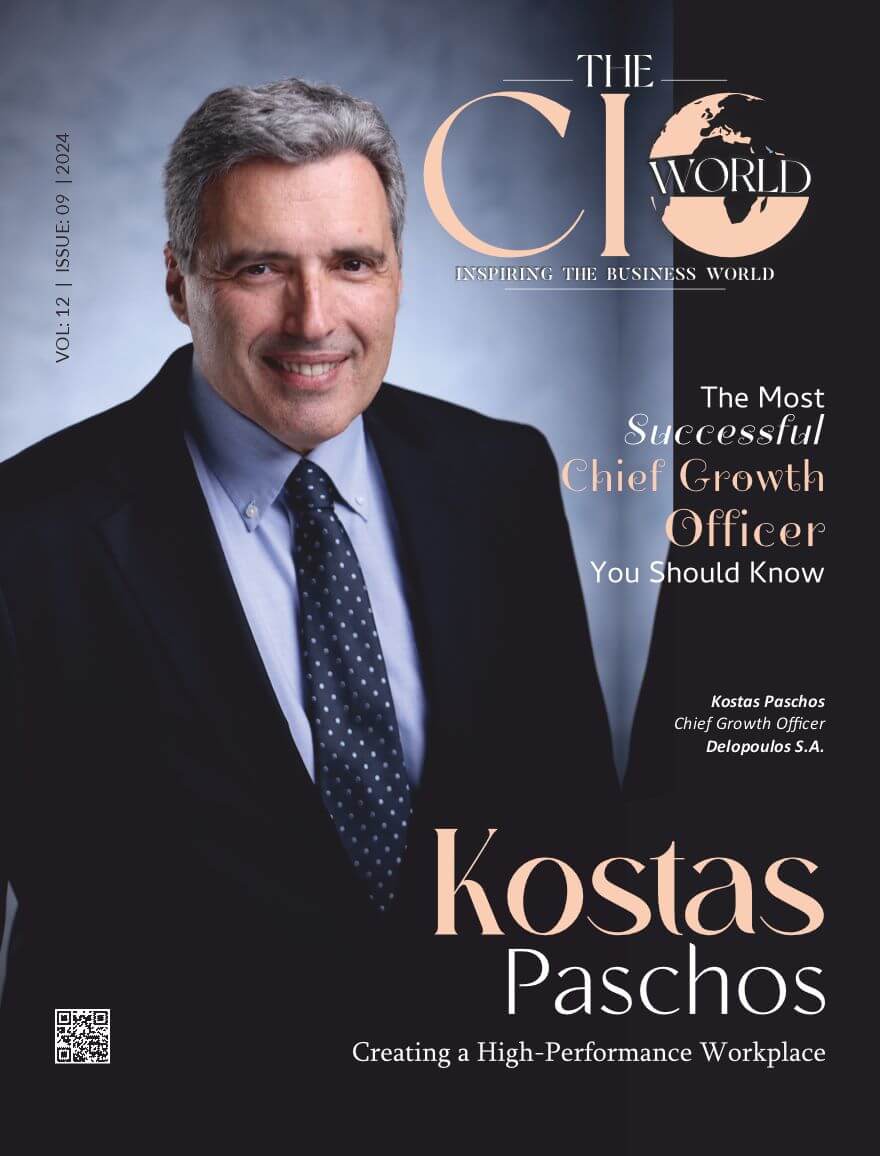Consumer spending exceeded expectations in July, with the Commerce Department reporting a 1% increase in advanced retail sales for the month, adjusted for seasonal variations but not inflation. Economists had projected a more modest 0.3% rise. The previous month’s sales were revised downward to a 0.2% decline from an earlier flat reading.
Sales excluding auto-related items rose by 0.4%, surpassing the forecasted 0.1% increase. Notable gains were observed in motor vehicle and parts dealers (3.6%), electronics and appliance stores (1.6%), and food and beverage outlets (0.9%). However, miscellaneous retailers experienced a 2.5% drop, gas station sales edged up by just 0.1%, and clothing store sales decreased by 0.1%.
On the labor market front, initial unemployment claims for the week ending August 10 totaled 227,000, a decrease of 7,000 from the previous week and below the anticipated 235,000.
The robust consumer spending data contributed to a rise in stock market futures and a spike in Treasury yields. Richard de Chazal, a macro analyst at William Blair, noted that the data reflects a resilient consumer sector, contrary to concerns of economic decline.
Inflation data for July showed a slight easing, with consumer prices rising by 0.2% and the annual inflation rate falling to 2.9%, the lowest since March 2021. Wholesale prices increased by 0.1% month-over-month and 2.2% year-over-year. Despite remaining above the Federal Reserve’s 2% target, these figures indicate continued easing of price pressures.
Conversely, import prices rose by 0.1% in July, slightly surpassing forecasts, and increased 1.6% year-over-year, marking the largest gain since December 2022.
Financial markets anticipate the Federal Reserve may implement its first rate cut in over four years at its September meeting. However, the resilient consumer sector may prompt a more cautious approach. Walmart’s strong earnings and sales report, coupled with its updated outlook, underscores the stable consumer trend but also highlights potential caution for the latter half of 2024.
Additionally, economic data showed mixed signals in manufacturing, with the New York Fed’s Empire State Manufacturing gauge remaining negative at -4.7, and the Philadelphia Fed’s measure falling to -7. Industrial production declined by 0.6% in July, worse than the forecasted 0.1%, partly due to Hurricane Beryl. Capacity utilization also fell to 77.8%, below the 78.5% estimate.







